- Category
- War in Ukraine
How Russia’s Threat Shifted Western Defense
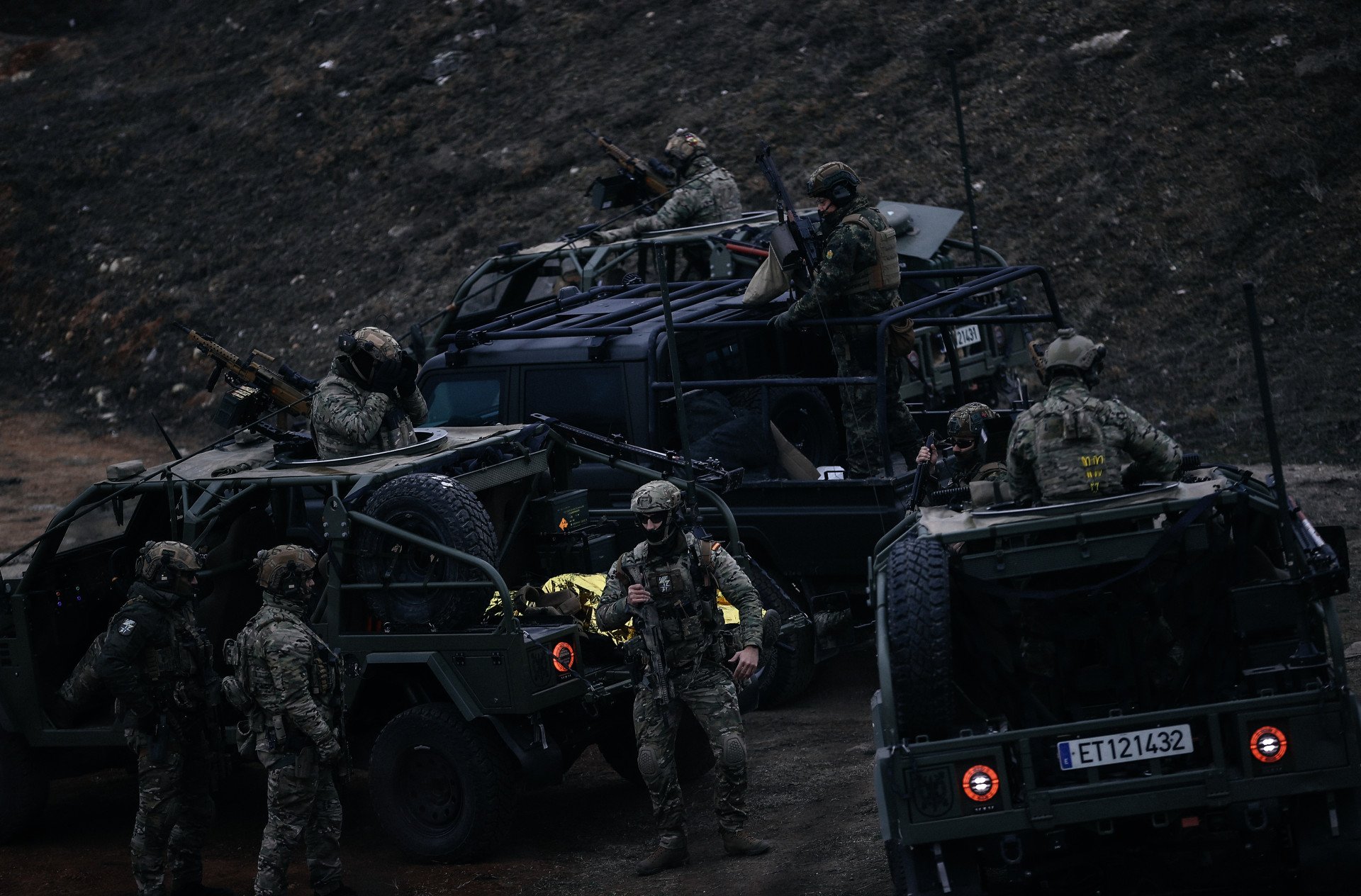
The war Russia wages at NATO’s eastern flank pushed the alliance’s member to rearm and revise their military doctrine in front of the Kremlin’s openly bellicose intention and invasion threats further west of Ukraine. Here’s a breakdown on how the war in Ukraine changed some member countries’ armies.
NATO's new Strategic Concept (adopted in Madrid in 2022) identified Russia as the "most significant and direct threat.”
The alliance's priority has become the reinforcement of its eastern flank by increasing troop presence and rapid reaction forces, such as the NATO Response Force (NRF) in the Baltics, Poland, and Romania.
The new NATO force model, announced at the 2022 Madrid Summit, aimed to have over 300,000 troops at high readiness by 2024.
The alliance switched to a more proactive “forward defense strategy” that included larger and more capable permanent forces stationed on the eastern flank to prevent any incursions.
NATO members also slowly but surely increase their defense spending, no less under the pressure of U.S. President Donald Trump, who called for members to reach 5% of their gross domestic product, a move already undertaken by Poland, Estonia, and Lithuania, directly threatened by Russia.
Germany announced a historic €100 billion defense investment, while other members have committed to meeting or exceeding the 2% GDP defense spending target.

The U.S.: Agility and flexibility
The U.S. established some new permanent bases and rotational deployments in Eastern Europe to deter Russian aggression.
The country also accelerated procurement of advanced weapons systems, including hypersonic missiles, precision-guided munitions, and next-generation air defense systems like Patriot and THAAD.
The U.S. defense industry increased production to replenish ammunition stockpiles for key munitions like 155mm artillery shells and precision-guided missiles, prioritizing artillery, drones, and secured logistics - mirroring a doctrine shift on agility and flexibility.
Soldiers’ training is increasingly focused on urban combat-oriented training programs, with an emphasis on developing cybersecurity and layered air defense systems.
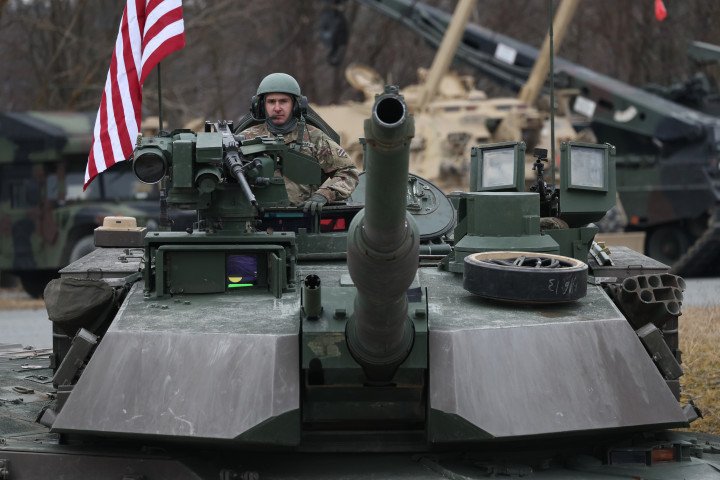
Poland: Armed to the teeth
Poland aims to become NATO’s biggest army against Russia’s threat, from around 150,000 personnel to 300,000 troops.
Warsaw committed 4.7% of its GDP to defense in 2024, the biggest among NATO allies, and signed deals to buy 300 US Abrams tanks, HIMARS, Patriot systems, 32 F-35 fighter jets, South Korean Black Panther Tanks, K9 Howitzers, FA-50 jets. These were acquired from South Korea as part of a fast-tracked modernization program.
The country also aims to boost its domestic arms industry with the Polish-made Piorun MANPADS (portable air defense systems) while integrating drones, mobile artillery, and resilient supply lines into its military doctrine.
Poland also built strong fortifications at its borders with Belarus and Ukraine to stop a potential Russian advance, a policy in line with Warsaw’s decision to increase training for citizens, stockpiling critical resources, and encouraging greater public awareness of national defense.
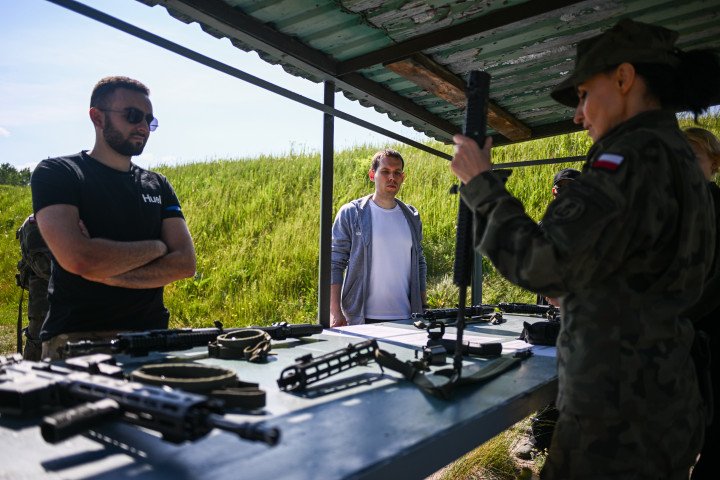
France: Slow push for modernization
In 2023, France increased its defense increase from 295 euros to 413 billion euros to modernize military equipment throughout a seven-year program.
This program includes the accelerated procurement of battled-proven Caesar self-propelled howitzers, the modernization of its tank fleet, and other armored vehicles under the SCORPION program, aiming at renewing and modernizing the Army's combat capabilities.
France also introduced fast-tracked investments in advanced air defense systems, including SAMPT (Système Anti-Missile de Théâtre) and technologies for countering drones, while updating its submarine-based and air-launched nuclear forces.
Training programs have also been intensified, and supply chains for ammunition logistics are slowly put in place to refill the country’s shelves.
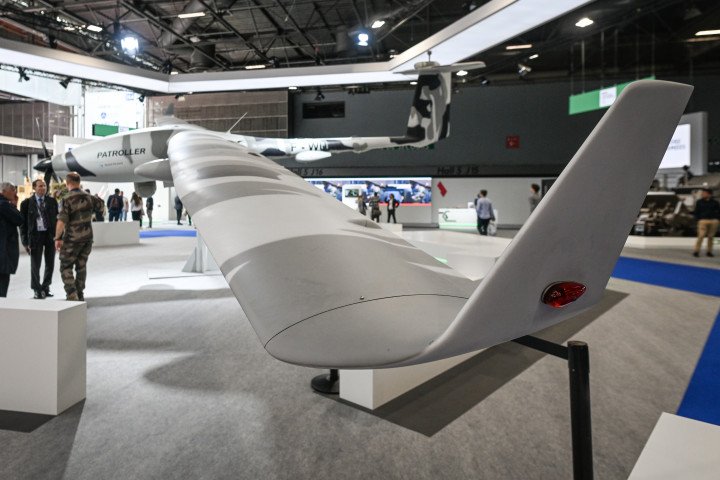
Germany: Funding the Bundeswehr
Germany recently committed to spending 2% of its gross domestic product on defense, including 100 billion euros to modernize the Bundeswehr, underfunded since the end of the Cold War and ill-prepared for modern threats.
The country also undertook the modernization of its Leopard 2 tank fleet, purchased Israeli Arrow 3 to bolster its air defense capabilities, and signed deals to buy US F-35 fighter jets. In line with this rearmament policy, Germany is also replenishing its munitions produced by domestic manufacturers, addressing longstanding shortages.
In a nutshell, Germany also started producing and sending more weapons and supplies to Ukraine, signaling a new role in European defense, while committing to send more troops to NATO's Eastern flank as it will take command of NATO’s rapid reaction forces in 2025.
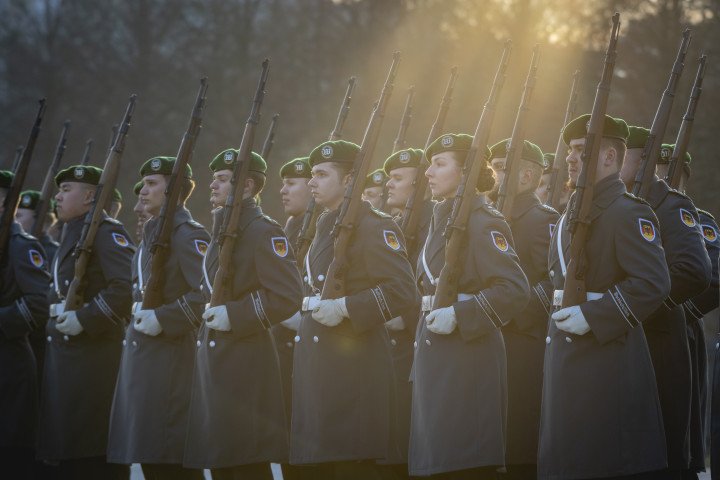
UK: Double the army’s lethality
General Sir Roly Walker, the Chief of the British Army, emphasized the urgency of modernizing the army against the threat of Russia, China, Iran, and North Korea, outlining a plan to double the army's lethality by 2027 and triple it by 2030.
Providing Challenger 2 tanks to Ukraine marked a significant policy shift and gave the UK insights into its tanks' performance and logistical requirements on the battlefield.
The government is discussing increasing the defense budget from 2.3% to 2.5% of its GDP fund modernization projects, including developing advanced fighter jets and integrating artificial intelligence into military operations.
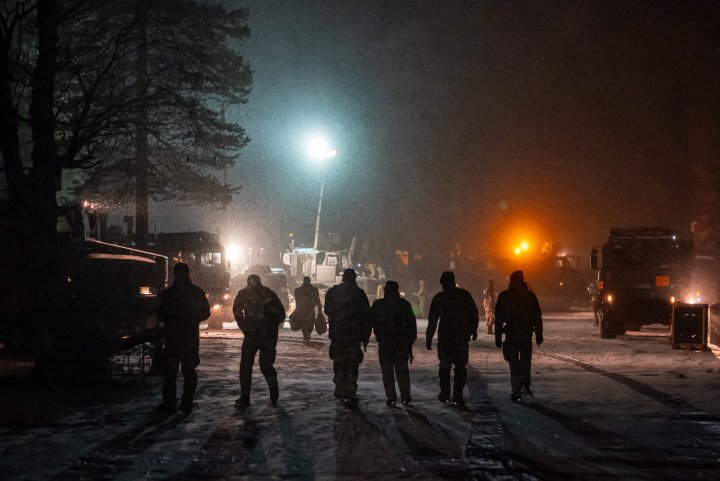

-c42261175cd1ec4a358bec039722d44f.jpg)
-46f6afa2f66d31ff3df8ea1a8f5524ec.jpg)
-6359eca46c72bde40a90abaaadd6eaa8.png)
-29a1a43aba23f9bb779a1ac8b98d2121.jpeg)

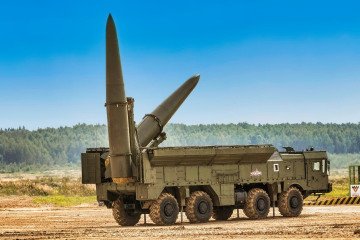
-206008aed5f329e86c52788e3e423f23.jpg)